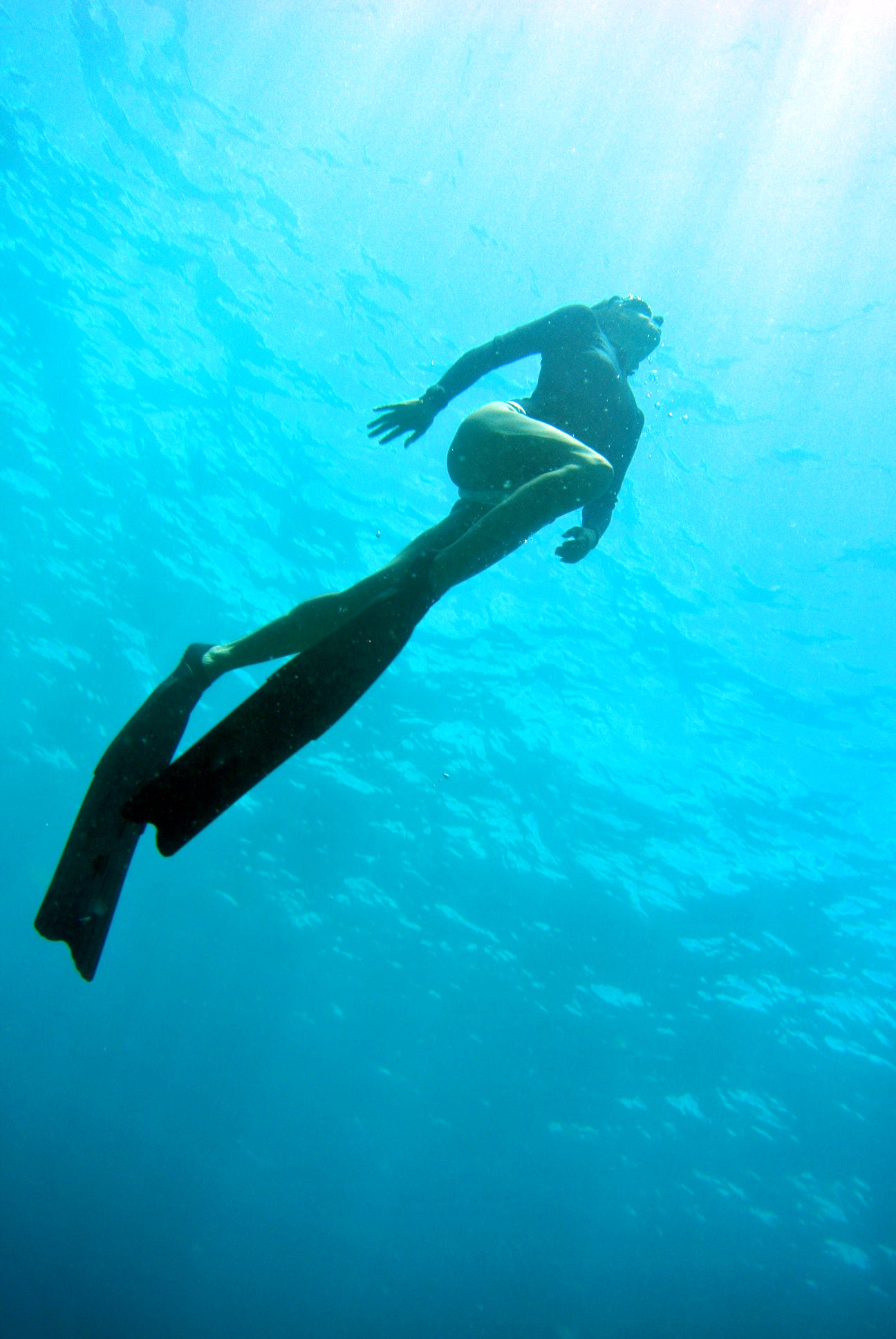
Introduction: Oahu, Hawaii's vibrant island paradise, beckons freedivers with its diverse coastal landscapes and rich marine ecosystems. From the iconic North Shore to the rugged west coast and tranquil bays, Oahu offers a range of exceptional freediving beaches. In this blog post, we'll delve into why these five beaches stand out as prime destinations for freediving enthusiasts.
-
Shark's Cove (North Shore): Nestled on Oahu's North Shore, Shark's Cove earns its reputation as a premier freediving spot. Its rocky terrain, underwater caves, and tunnels create an exhilarating playground for underwater exploration. Freedivers can navigate through the maze of formations, encountering colorful reef fish, eels, and octopuses along the way. The cove's diverse marine life and unique topography make each dive a memorable adventure.
-
Electric Beach (West Oahu): Located near the Kahe Power Plant, Electric Beach on Oahu's west coast offers warm waters and an abundance of marine life. Freedivers are drawn to the site for its clear visibility, which often exceeds 100 feet (30 meters). The attraction of sea turtles, rays, and schools of tropical fish adds excitement to every dive. Electric Beach's accessibility and captivating underwater environment make it a favorite among freedivers of all levels.
-
East Oahu (Various Beaches): The eastern shores of Oahu, including areas like Lanikai Beach and Waimanalo Beach, offer hidden gems for freedivers. These beaches boast pristine waters, soft sandy bottoms, and occasional encounters with sea turtles and reef fish. While not as well-known as other spots, the peaceful and picturesque settings of East Oahu's beaches provide a serene freediving experience away from crowds.
-
Makaha Beach (West Oahu): Makaha Beach is a rugged paradise for experienced freedivers seeking adventure. Its clear waters and excellent visibility reveal underwater caves, coral formations, and encounters with dolphins and reef sharks. While currents may be stronger at times, skilled freedivers can navigate the deeper waters and enjoy the thrill of exploring Makaha's underwater treasures.
-
Hanauma Bay: Hanauma Bay, a marine sanctuary on Oahu's southeastern shore, remains a top choice for freedivers due to its calm, sheltered waters and vibrant marine life. The bay's clear visibility and shallow reef make it accessible to divers of all levels, from beginners to experts. Freedivers can encounter sea turtles, colorful fish, and coral gardens while appreciating the bay's conservation efforts and educational opportunities.
Conclusion: Oahu's freediving beaches offer a tapestry of underwater wonders, each contributing to the island's allure for underwater adventurers. Whether you're drawn to the rocky landscapes of Shark's Cove, the warm waters of Electric Beach, or the tranquility of East Oahu's hidden beaches, Oahu's coastal diversity promises unforgettable freediving experiences. Dive into Oahu's underwater treasures and discover the magic waiting beneath the surface.
Swimming in Hawaii is an incredible experience, but it's important to be cautious and mindful of safety measures to ensure a safe and enjoyable time in the water. Here are some key precautions to take while snorkeling in Hawaii:
- MOST IMPORTANTLY Avoid Touching Marine Life: Do not touch or harass marine life, including corals, fish, or turtles. Respect their natural habitat and observe from a safe distance.
-
Know Your Limits: Be honest about your swimming and snorkeling abilities. If you're a beginner, stick to calm and shallow waters until you gain confidence. Avoid going too far from shore if you're not a strong swimmer.
-
Check Weather and Ocean Conditions: Before heading out, check the weather forecast and ocean conditions. High surf, strong currents, or rough seas can make snorkeling hazardous. Follow local advisories and warnings.
-
Use Proper Equipment: Ensure your snorkeling gear fits well and is in good condition. This includes a well-fitting mask, snorkel, and fins. A properly fitting mask prevents leaks and fogging, enhancing visibility underwater.
-
Stay Visible: Wear bright-colored snorkeling gear or use a snorkeling buoy with a flag to make yourself more visible to boats and other watercraft. Avoid swimming in areas with heavy boat traffic.
-
Buddy System: Snorkel with a buddy or in a group. Keep an eye on each other while in the water. In case of an emergency, having someone nearby can be crucial.
-
Watch for Marine Life: While Hawaii's marine life is stunning, some species can be potentially dangerous. Be cautious around coral reefs to avoid damaging them, and give marine creatures like sea turtles and monk seals plenty of space.
-
Stay Hydrated: Snorkeling under the sun can lead to dehydration. Drink plenty of water before and after your snorkeling session to stay hydrated.
-
Be Sun Smart: Wear reef-safe sunscreen to protect your skin and the marine environment. Reapply sunscreen as needed, especially if you're in the water for an extended period.
-
Know Emergency Procedures: Familiarize yourself with local emergency procedures and contact information for lifeguards or emergency services. Be prepared to respond calmly in case of any unexpected situations.
By following these precautions and staying aware of your surroundings, you can have a memorable and safe snorkeling experience in Hawaii's beautiful waters.
